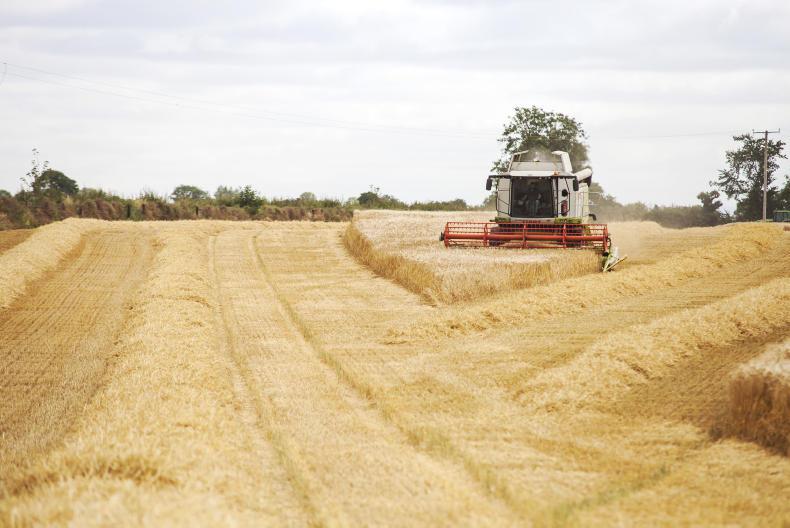The absence of any real information to confirm weather problems enabled international grain prices to slip over the past week. While dryness remains an issue for quality wheat, rain in the US Midwest has improved maize and soya bean prospects. The price drop can be seen in MATIF December wheat futures, which dropped from €176/t at close of business last Friday to €173.25/t on Monday and €171.25 by Tuesday evening.
Chicago wheat for December was broadly similar, having closed at $5.056/bushel last Friday, $4.992 on Monday and $4.866/bu last Tuesday.
It is important to remember that weather issues in the US have not gone away for quality wheat, but rain is set to help maize and soya. The fundamentals of ample world supply continue to drive market sentiment for the moment.
Closer to home, the EU Commission reduced its estimate for average maize yields by over 4% compared with its June forecast and this is about 3.8% lower year on year.
Lack of market activity continues to make native prices difficult, but they are weaker, especially for new-crop. Harvest pressure and currency are significant factors. Spot prices remain around €180-odd for wheat and about €162/t for barley. New-crop trade prices are a bit weaker at around €170-€172/t for wheat and up to €165/t for barley. Nominal prices for May are around €177-€180/t for wheat and €170/t for barley. These prices reflect last Monday’s offer from Glanbia of €162/t for barley and €172/t for wheat for November.
The absence of any real information to confirm weather problems enabled international grain prices to slip over the past week. While dryness remains an issue for quality wheat, rain in the US Midwest has improved maize and soya bean prospects. The price drop can be seen in MATIF December wheat futures, which dropped from €176/t at close of business last Friday to €173.25/t on Monday and €171.25 by Tuesday evening.
Chicago wheat for December was broadly similar, having closed at $5.056/bushel last Friday, $4.992 on Monday and $4.866/bu last Tuesday.
It is important to remember that weather issues in the US have not gone away for quality wheat, but rain is set to help maize and soya. The fundamentals of ample world supply continue to drive market sentiment for the moment.
Closer to home, the EU Commission reduced its estimate for average maize yields by over 4% compared with its June forecast and this is about 3.8% lower year on year.
Lack of market activity continues to make native prices difficult, but they are weaker, especially for new-crop. Harvest pressure and currency are significant factors. Spot prices remain around €180-odd for wheat and about €162/t for barley. New-crop trade prices are a bit weaker at around €170-€172/t for wheat and up to €165/t for barley. Nominal prices for May are around €177-€180/t for wheat and €170/t for barley. These prices reflect last Monday’s offer from Glanbia of €162/t for barley and €172/t for wheat for November.






 This is a subscriber-only article
This is a subscriber-only article










SHARING OPTIONS: